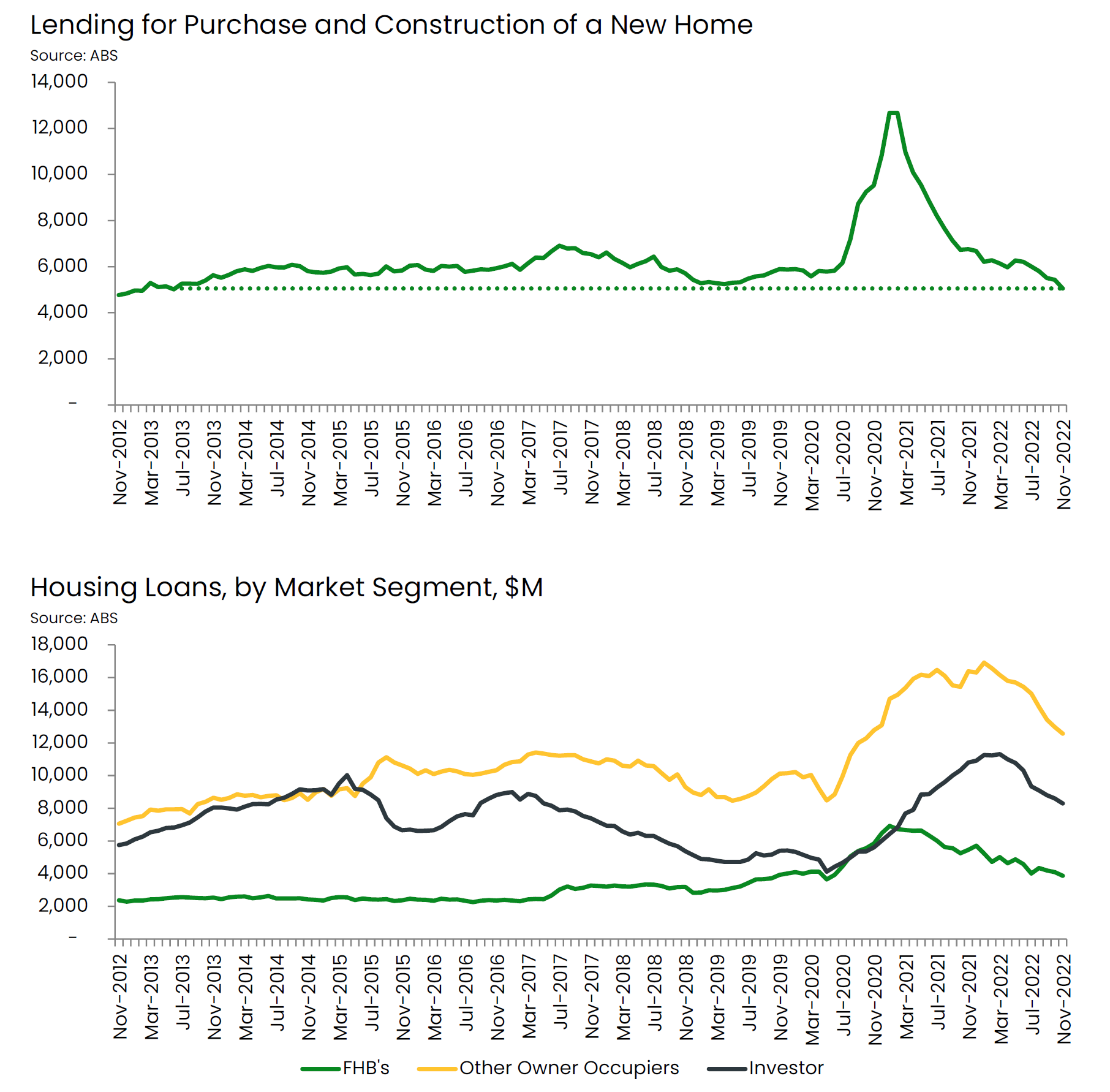{{propApi.title}}
{{propApi.text}} {{region}} Change location{{propApi.title}}
{{propApi.successMessage}} {{region}} Change location{{propApi.title}}
{{propApi.text}} {{region}} Change location{{propApi.title}}
{{propApi.successMessage}} {{region}} Change locationLending for new homes reaches decade low
Lending for new homes reaches decade low
Member and guest login
Enter your email and password to access secured content, members only resources and discount prices.
Did you become a member online? If not, you will need to activate your account to login.
If you are having problems logging in, please call HIA helpdesk on 1300 650 620 during business hours.
Forgotten password
Need some help?
If you are having problems logging in, please call HIA helpdesk on 1300 650 620 during business hours.
If the email address you have entered is registered, you will receive an email with further instructions.
Become part of the HIA community
Enables quick and easy registration for future events or learning and grants access to expert advice and valuable resources.
Create a guest account
Enter your details below and create a login
“There were only 5,057 loans for the construction or purchase of new homes in November, the weakest month since June 2013,” stated HIA Economist, Tom Devitt.
The ABS released the Lending to Households and Businesses data for November 2022 today.
“This reflects the very well broadcast housing downturn, with new housing loans over the 12 months to November 2022 down by 36.2 per cent on the preceding year,” added Mr Devitt.
“Investors and owner-occupiers, alike, are retreating from the market.
“This contraction in lending occurred before the RBA increased the cash rate in December and we expect an ongoing decline in lending as the full impact of the increase in interest rates flows through to households.
“There are long lags inherent in this cycle and the full impact of the increase in the cash rate in 2022 will not be observed until late in 2023.
“The RBA has already undertaken the steepest hiking cycle in a generation, and it needs to hold fire on further hikes to give their actions to date time to play out.
“The RBA will not restore the economy to stable growth by putting the building industry through boom-and-bust cycles.
“As building activity slows in 2023, the RBA will be under increasing pressure to reverse course in the second half of this year,” concluded Mr Devitt.
The number of loans for the construction or purchase of new homes declined in all jurisdictions in November 2022 compared to the same month in 2021, led by the Northern Territory (-58.3 per cent), and followed by the Australian Capital Territory (-39.7 per cent), Queensland (-30.8 per cent), Western Australia (-30.3 per cent), South Australia (-29.7 per cent), New South Wales (-26.8 per cent), Victoria (-15.2 per cent) and Tasmania (-7.4 per cent).

For more information please contact:
HIA calls for Tasmania to join Help to Buy
The Housing Industry Association (HIA) is today renewing its call for the Tasmanian Government to immediately adopt the national Help to Buy shared equity scheme. As of December, Tasmania remains the only state or territory yet to sign up, effectively excluding thousands of Tasmanians from a scheme now available in every other jurisdiction.
First Home Owners Grant to Triple to $30,000
Today, the Tasmanian Government passed the Taxation and Related Legislation (First Home Owner and Payroll Relief) Bill 2025.
First Home Owner Grant Bill passes Parliament
The Taxation and Related Legislation (First Home Owner and Payroll Relief) Bill 2025 has today passed the Legislative Council, and therefore the Tasmanian Parliament, unamended, marking a major win for Tasmanian homebuyers and the residential building industry.
Draft Sydney Plan must provide for housing diversity
“HIA welcomes consultation on a new draft plan for the future development of Sydney,” said Brad Armitage HIA NSW Executive Director.
